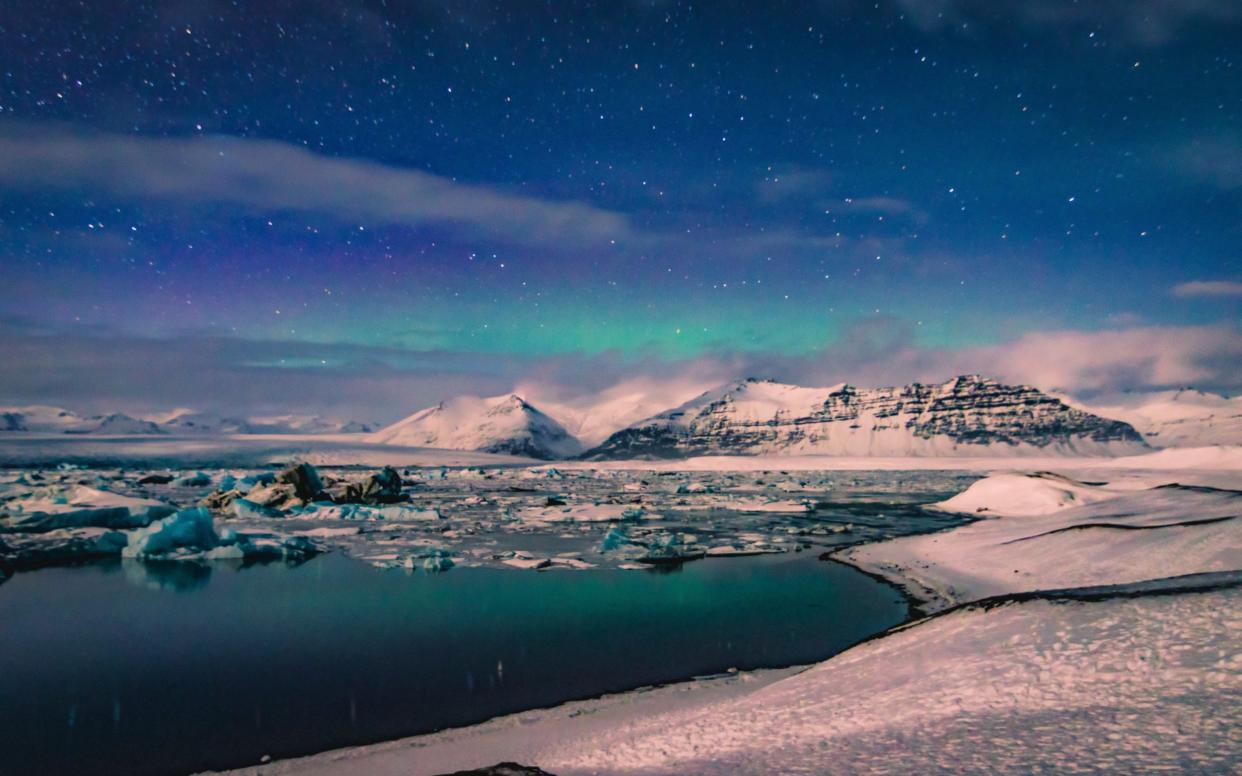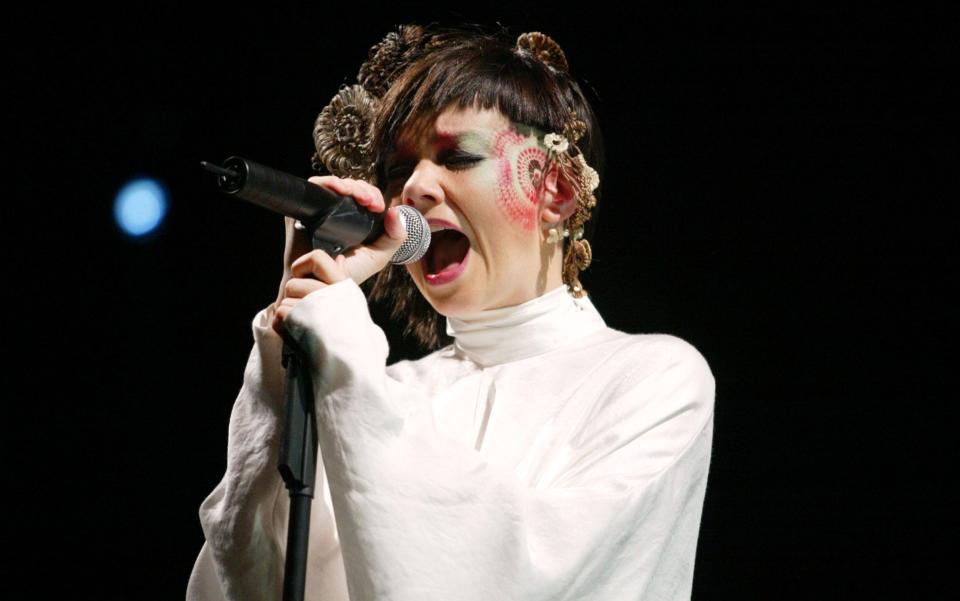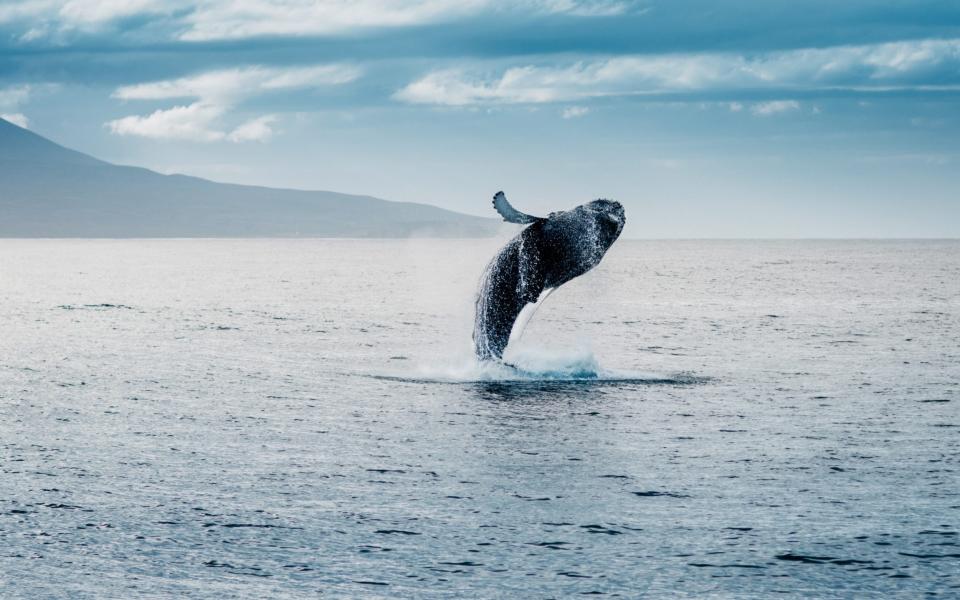How Iceland suddenly became a hotspot for holidays

Oh, dearest Iceland, frozen saga of the north, you made it onto our green list, so I’m prepared to forgive you now for four miserable nights sleeping rough in Delhi Airport. As surely as coronavirus has scuppered travel dreams, I still recall Eyjafjallajökul volcano egregiously spewing clouds of airplane engine-stopping ash into the atmosphere back in 2010, leaving millions of passengers, myself included, stranded worldwide, desperately trying to rebook cancelled flights to get back home.
These days, epidemiological hotspots rather than geological ones have been dictating travel plans. But last Friday Iceland made it onto our government’s green list for travel and is set for a bumper summer unrivalled by disingenuously added (South Sandwich Isles, I ask you?) competition from other small islands on this hallowed list.
Iceland’s place on this exclusive smorgasbord has been brought about by getting on top of a second wave of coronavirus infections that peaked mid-October last year and a successful vaccination rollout – to date, 39 per cent of Iceland’s population has received a first dose, 15 per cent, a second.

On April 6 they welcomed travellers who can show certificated proof of being either fully vaccinated or having previously had the Covid-19 infection. Travellers then face a free PCR-test upon arrival, before, if negative, being let loose on Iceland’s otherworldly landscapes. Ironically, Iceland is still up to its geological shenanigans, although the gloopy Seville-orange magma currently pouring out of Fagreadalsfjall volcano is more likely to melt the soles of one’s hiking boots rather than ground an airliner.
What I am sure of is that in the face of such setbacks, Icelandic tourism possesses bouncebackability. A nation confident about the primacy of its stunning nature just as a Viking would’ve felt having a machine-gun as opposed to a clunking bronze axe. By 2018 Iceland received a staggering 2.3 million tourists (seven times its population) courtesy of an evolution to holiday hotspot that has been mercurial.
My own first visit was an ill-timed affair during Spring in the mid-1990s on a recce during a short-lived spell with the now defunct, STA Travel. Reykjavik was frozen shut and miserably grey, possessing all the pizzaz and palatability of Icelandic hákarl (fermented shark). I made my way by bus to the snowbound second city of Akureyri but was barely able to step outside a B&B run by a divorcee who steamed me a dark lava bread in a volcanic fumarole in her garden. Back then, aurora borealis tours, were scarcely in their infancy. Yet an unlikely force in the heavens was stirring. Björk, to be precise.

This ever-so bonkers ex-Sugarcubes singer, with black raven hair and her own eclectic music genre, singlehandedly put Iceland on the map as she became a global superstar. Bands such as Sigur Rós followed in her wake and before long, our own Britpop music scene was approaching Iceland like a Nordic pied-a-terre – even the likes of Blur’s Damon Albarn, had recorded an album there and invested in a bar, Kaffibarinn. Acquiring a cool rep – more frigid than a night spent outdoors winter stargazing – the floodgates opened to a surge of the young and consciously hip who came to nightclub rather than sightsee. The island was feted by glossy lifestyle magazines while cheap flights led to weekend breaks. Iceland’s extreme youthful whippersnapper geology (it’s just 60 million years old) found synergy with experimental musical and new dance energy.
If anything, the next wave (ahem … tourists) was further born from adversity. A banking crisis in 2008. Expect now to pay Scandinavian prices but back then during the financial crash, visitors were attracted by getting more krona to their pound. Innovative music still flourishes, noticeably Icelandic hip-hop and rap – although perhaps eclipsed nowadays by the likes of Ibiza – but tourism has now taken on a more mainstream air, acquiring ever higher-quality hotels with the likes of geothermally heated spas. This comfort uplift has tempered a raw and visceral environment that might otherwise put those holidaymakers off who prefer greater creature comforts.
“We’ve come a long way in the last decade and tourism has developed fast. There has been a focus on encouraging tourists to travel to the lesser visited regions, which is a result from the improved services and increased tourist attractions in them,” says Sigríður Dögg Guðmundsdóttir, the head of Visit Iceland.

Of those attractions, I defy anybody to come up with a more scenic driving holiday than around Iceland’s magnificent circular ring road, stopping at gushing creamy waterfalls and bubbling geysers. The more adventurous can disappear down glacial ice-caves while lounge cats can soak-in mineral-rich wellness. Indeed, see its world-famous Blue Lagoon before it is once again overrun by dreary Instagrammers offering silica mud beauty tips. And last summer, on a boat trip, I followed orca, sufficiently powerful enough to leave the gates to Poseidon’s kingdom hanging off their hinges. With so few tourist boats around, the captain said he’d never seen so many whales.
Further new openings are being unveiled this summer. “We have three new tourist routes, The Arctic Coast Way and The Diamond Circle in North Iceland, and The Westfjords Way in the Westfjords,” says Guðmundsdóttir. “Guests can also visit the new volcanic eruption in the region of Reykjanes, the new Sky Lagoon in Reykjavík which opened last week as well as Husavik town as seen in the Netflix hit ‘Eurovision’.
“We’re naturally suited to post-pandemic travel as Iceland is the least densely populated country in Europe, making it ideal for those conscious about social distancing and we’ve always had a huge focus on wellness without pinpointing it as a particular trend,” says Guðmundsdóttir.

Iceland will not rival other green-listers like Portugal this summer for sunshine, sea, and sardines – and I reiterate, avoid fermented shark at all costs. For sure, it will certainly rain during any two-week stay and you’ll feel the chill of Arctic winds. But what it will provide is memories that are out-of-the-ordinary, hewn from the bowels of the earth and epochs of extreme cold.
For more ideas on how to plan your trip, see our Big Green List Holiday Guide and our expert's pick of the best hotels in Iceland.


